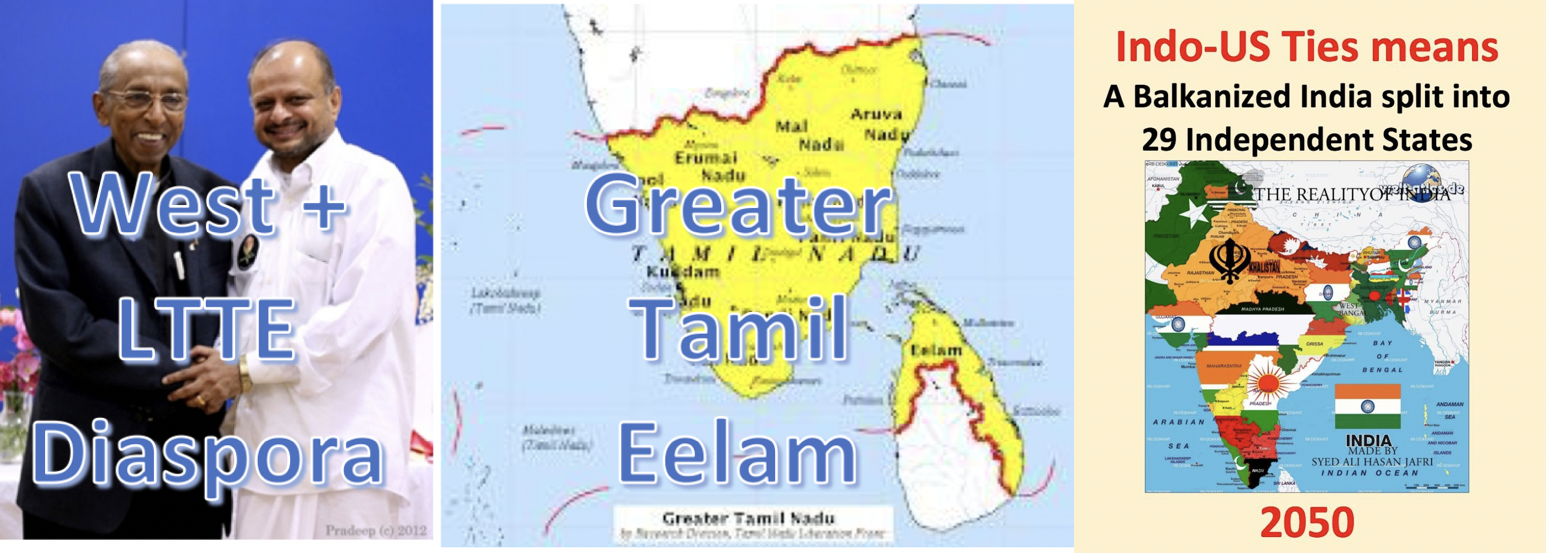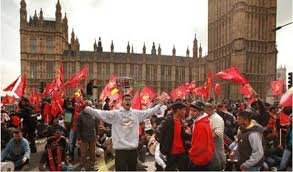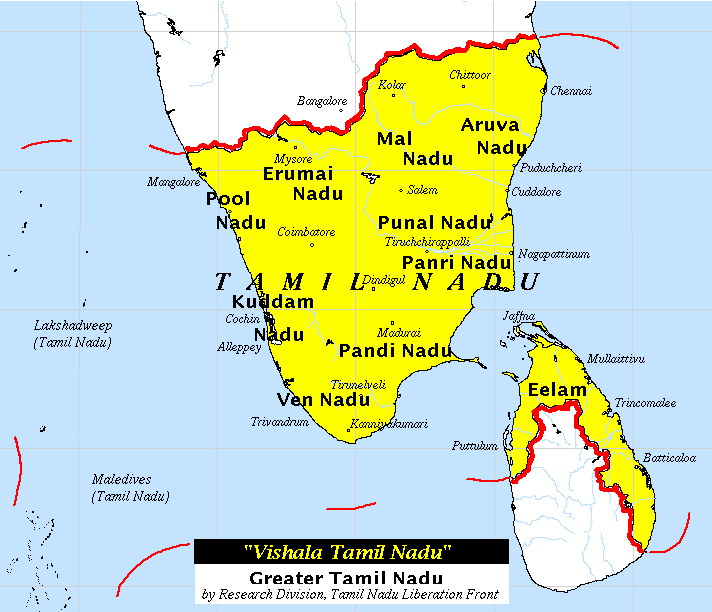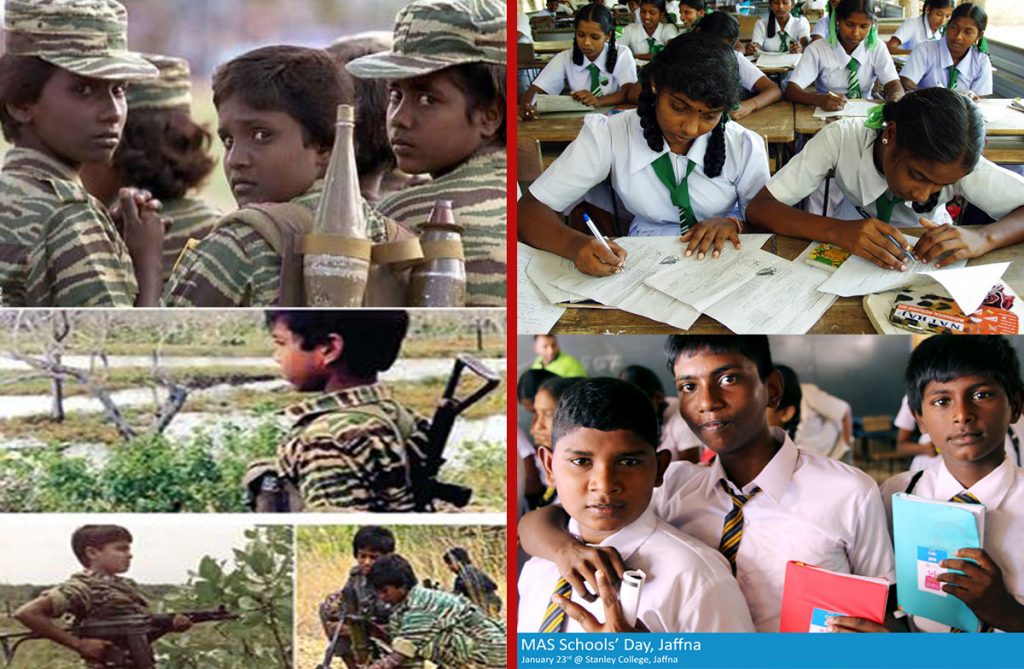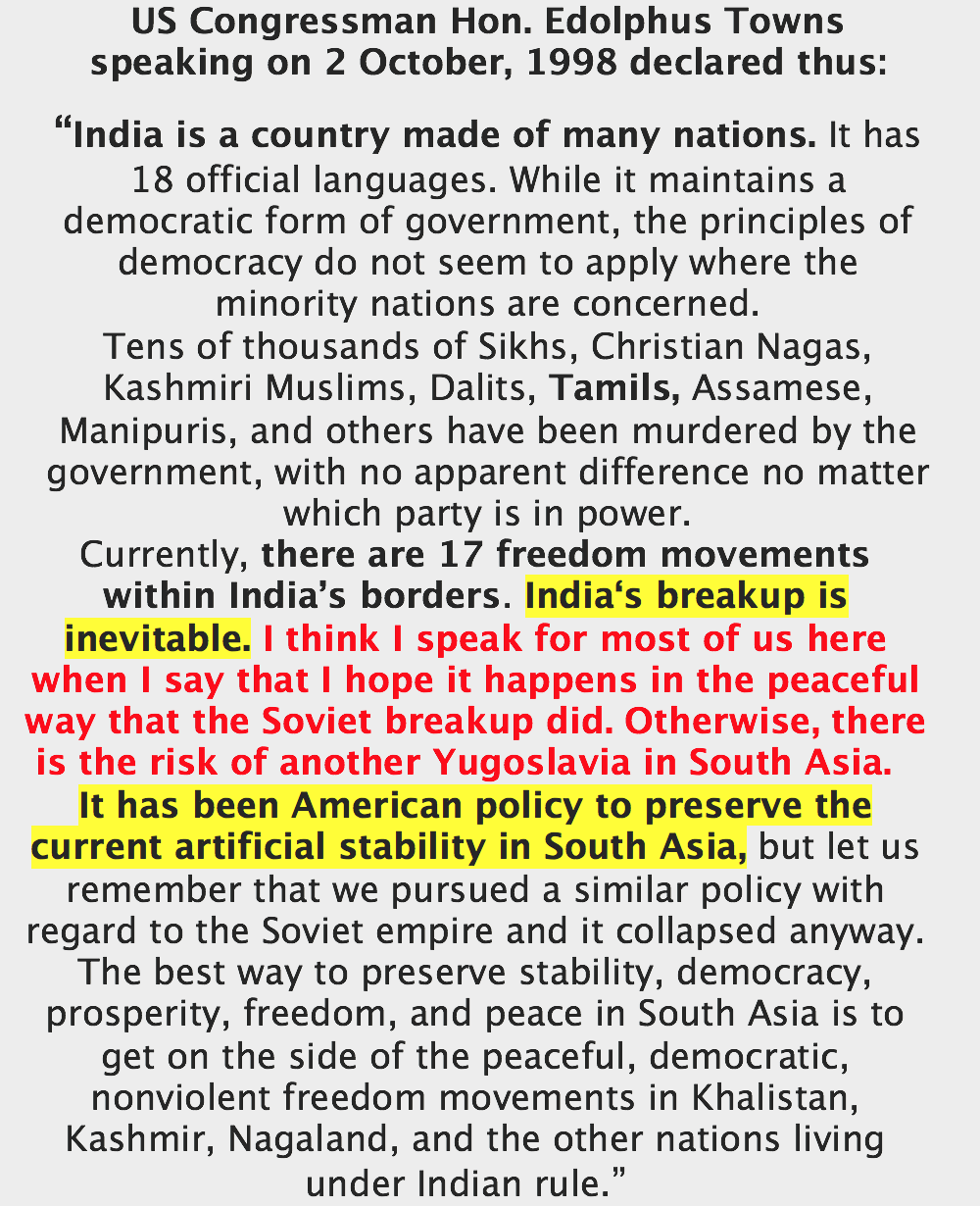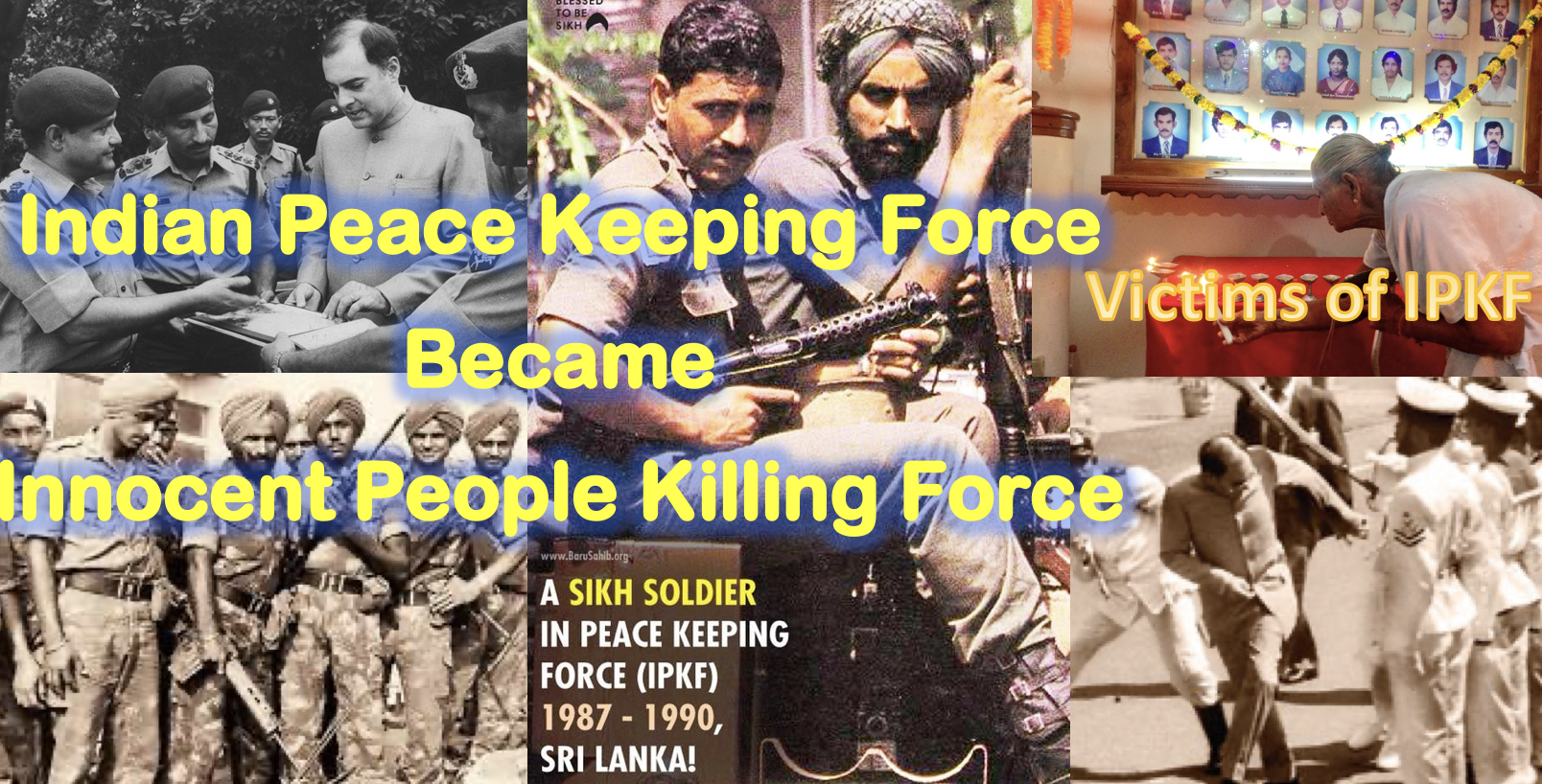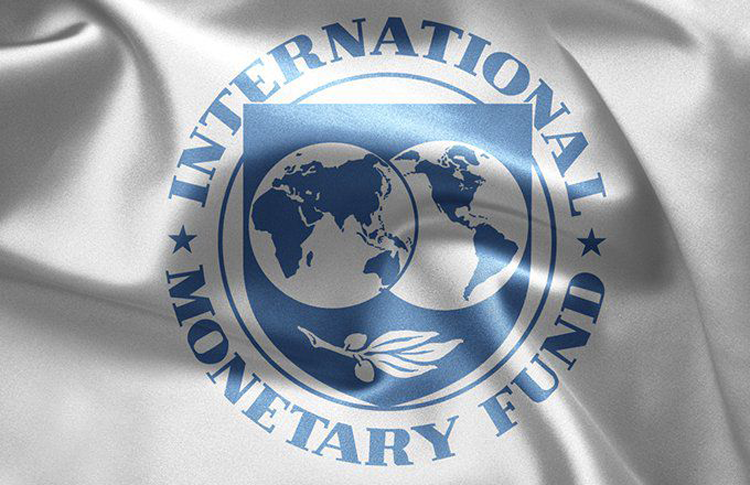Prof. Asoka N.I. Ekanayaka
· Fundamentally racist
· Indifferent to corruption
· Inherently selfish
· Basically foolish though imagining themselves to be wise, and
· Afflicted with a malignant distorted religiosity
Prof. Asoka N.I. Ekanayaka
This article is not primarily about the woeful record of the present
government. Nor is it about the abomination of governance by family
oligarchy in whose stranglehold a nation groans in every part as if
being slowly crushed by the constricting coils of some giant Anaconda.
Rather it is about the attitude character and mindset of 6.9 million
people who with their eyes open provoked this catastrophe.
The final disgrace was the UNHRC Commissioner’s damning indictment in
her 2022 report about the erosion of the independence of the judiciary
and other key institutions, and the constriction of the democratic
space for human rights advocacy, amidst a further drift towards
militarisation and an emphasis of Sinhala nationalism and Buddhism in
State institutions, thereby increasing the marginalisation of minority
communities”.
However, the purpose here is to focus on the mindset of 69 lahks of
people who deliberately conscientiously and enthusiastically of their
own free will opted through the ballot to bring about such a
predicament to their own detriment . That millions would of their own
volition invite a cataclysm that might spell ruination for themselves
and their families for generations to come is amazing. It is
tantamount to an act of collective national suicide bordering on
madness rarely seen in the history of nations. In retrospect the
foolishness irrationality and sheer immorality of such an infernal
choice should have been plain to even a little child. And yet
incredibly those who made the fatal choice came from every strata of
society.
They included the well educated and the semi literate, the richest of
the rich and the poorest of the poor, learned professionals and the
posh business classes rolling in money. They included pampered
government officials wallowing in the perks and privileges of high
office and thriving medical consultants. Nor must we forget the
scholarly Ph.Ds and university professors now looking foolish with
their lofty pretentions to high intelligence and critical thinking in
tatters. From the sophisticated English speaking middle classes to the
unlearned monolingual masses and riff raff of society , from
sanctimonious buddhist monks pastors and priests who habitually pay
lip service to truth and justice, to the many millions of their simple
minded adherents whom they regularly regale with exhortations to live
righteous lives – all of them would seem to have blindly voted to
their own destruction in the 2019/20 elections.
But now everything seems to have changed. The air is thick with the
bitter reproaches of the disillusioned millions who having eagerly
voted for this government now find that all their expectations have
been dashed. To them the promised vistas of prosperity” have all too
soon become a mirage. Those of us in the 8th decade of life who have
lived through all governments since independence can state
unequivocally that no government in the postcolonial history of the
country has alienated so many supporters so much in so short a period
of time as this one. Indeed many feel that if there is an election
today the ruling party will be wiped out by a majority as large as
that by which they were elected to power 2 years ago. And they may be
right. It is so hard to find folk who proudly admit to have been
amongst the 69 lahks of supporters that one wonders whether they ever
existed ! One gets the impression that many erstwhile supporters are
embarrassed and would prefer to distance themselves from that
association. Many of the disillusioned rather than having the humility
to acknowledge having made a great mistake dishonestly disclaim
responsibility by assuming a lofty air of self righteous disdain for
all politicians.
However taking all such variations into account there is enough
reason for opposition politicians to believe that support for the
government has evaporated. It is natural that they should look forward
to a dramatic turn around by 6.9 million disgruntled voters at the
next election, in the expectation that the ruling party and the
detestable family oligarchy that drives it will be wiped out. On the
one hand there seems to be plenty of justification for such heady
optimism.
On the other hand such confident expectation needs to be tempered by
an important consideration. It has to do with the troubling question
of why exactly such a large proportion of the Sri Lankan population
voted as irrationally as they did in the first place ? What false
values, ideological fixations , debased attitudes, entrenched beliefs
and inherent assumptions drove such people to make such a monumental
error ?. What deep seated prejudices blind loyalties and fatal flaws
in the national character did such a bizarre voting pattern signify ?
Did such madness even imply a low level of national intelligence” (if
one can imagine such an attribute) that is not easily rectified ?
Such questions are important and disturbing . Have those who are
hurting today really had a change of heart? The answers may provide a
clue as to whether the current wave of anguish and alienation amongst
69 lahks of voters is a passing phenomenon or indicative of a
permanent change of heart and mind. Is their current disenchantment
the outcome of frustration that their narrow selfish expectations have
been momentarily dashed or an indication of a radical change of heart
?
For example not very long ago teachers were up in arms. It looked as
if they were a major threat to the government. Then they were given
their salary increase. They have been quiet ever since. The farmers
have been justly outraged by the denial of chemical fertilizer amidst
the president’s asinine obsession with organic substitutes . If by
some miracle there is a radical reversal in policy resulting in
farmers being provided plentiful fertilizer as in the past might they
end up eating out of his hand by the time the next election comes
round ? And for millions of others who voted SLPP now fuming and
fretting away in long queues for gas and fuel, might the restoration
of these basic essentials and an end to queues settle them to a point
where their selfish domestic needs being met they turn back to the
political vermin they once elected like dogs returning to their own
vomit, and begin to make excuses for the shortcomings of their
favourite government politicians ?
So the issue of a change of heart becomes paramount. And whether or
not millions have had a true change of heart is grounded in the
question of why millions voted as they did. Obviously there can be
many theories about this. But one can make a case for five attributes
that might define the 69 lahks of people who voted at the last
election and explain their bizarre preference. Put in a nutshell one
can hypothesize that collectively as a voting population they were
characterised by being (a) fundamentally racist, (b) indifferent to
corruption, (c) inherently selfish, (4) basically foolish though
imagining themselves to be wise, and (5) afflicted with a malignant
distorted religiosity.
That is not to say that all of the 6.9 million individuals possessed
all these attributes nor that the attributes themselves were mutually
exclusive. But taken as a whole one can speculate that these five
attributes broadly define the mainly Sinhala Buddhist population of
nearly 7 million folk who elected a strongly Sinhala Buddhist
president and a dominantly Sinhala Buddhist government by a thumping
majority in 2019/20.
Firstly there is the indisputable ingrained racism of the Sinhala
Buddhist masses of this country amidst a chauvinistic attitude to
minorities that seems to cut across the entire social spectrum.
Admittedly these days such attitudes are subtle and well disguised.
They do not manifest in burning Tamils alive (as occurred in 1983),
arson and looting of Tamil shops and homes at regular intervals (from
1956 onwards), burning down a precious public library (as happened in
1981) brutally assaulting those carrying out a peaceful Satyagrah in
the Gandhian mode and defacing Tamil name boards in Colombo with
impunity (as occurred in the 1950’s and 60’s), and the scandalous
standardisation of marks to keep Tamil students out of Universities in
1971 – amongst many other examples from history.
>
> But the negative racist attitude towards minorities today is reflected in the complete absence of any moral outrage about that sordid recent history, indulging instead the grandiose delusions of a falsified ancient history based on Mahavamsa mythology leading to the axiomatic belief that Sri Lanka is a Sinhala Buddhist country, to challenge which is to commit political suicide. No wonder there is a disinclination to investigate any allegations of war crimes, and violent hostility (as evidenced by incidents all over the country) to peaceful Christian conversion which is both a basic human right and for Christians an inescapable divine commission. Nor should we fail to notice the relatively placid and laid back reaction of the Buddhist majority to the Cardinal’s explosive accusation that the government might be covering up the truth about the Easter massacre, leaving the Roman Catholic Church to wage a lonely battle for justice on the international stage. True, amidst their current sufferings millions may regret voting as they did. But when it comes to the crunch that they might ever bring themselves to elect a Tamil, Muslim or Christian as President or Prime Minister of Sri Lanka is pure fantasy. The Americans may have elected a black man as President a mere 150 years after the abolition of slavery. But in Sinhala Buddhist Sri Lanka a Tamil or Muslim cannot dream of being elected to that office for another 1000 years ! That is the basic racist mindset of the 69 lakhs of voters who now groan with discontent amidst a catastrophe which they themselves asked for. But does their mourning and groaning today denote a true change of heart ? That is the question.
Secondly, the way 69 lakhs voted reflects a callous indifference or
at least a relaxed attitude to the malady of corruption. This is not
surprising given that Sri Lanka is a country where corruption is
ubiquitous. It is said that people get the government they deserve.
More likely people get governments that mirror their own corrupted
nature and moral depravity. Like begets like. The late Justice Mark
Fernando once clarified that corruption is not merely bribery and
corruption but extends to extravagance, waste, neglect, and every
form of malpractice, dishonesty, and abuse, misuse, and unreasonable
exercise of power . . . and indeed anything and everything done or
left undone, which results in the rights of the People being denied or
impaired”. What a magnificent all encompassing definition ! No wonder
the great man was himself the victim of corruption in being denied
promotion to Chief Justice which he richly deserved and shamefully
bypassed in favour of one who brought that high office into disrepute
!
>
> But by this definition Sri Lankan society reeks of corruption from top to bottom. From bribery kick backs and nepotism at the highest levels to millions of workers who insist on a consideration for doing there plain duty, from those who think nothing of sending a false sick note and staying away from work, bribing ones way out of a traffic offence or a vehicle emission test, fiddling tax returns or underwriting the property value on some deed of transfer, from mercenary government doctors and teachers whose heart is in the private sector and those who abuse official transport to cart their families around, to mediocre university academics who produce garbage mountains of useless publications and have perfected the art of deftly manipulating a point system which enables them to be promoted as professors who are now dime a dozen – from top to bottom Sri Lanka is a corrupt society. It is surely unrealistic to expect a corrupt population to vote for an honest government that might abolish corruption ! The voting behaviour of 6.9 million people might be explained by a benign tolerance of corruption by a fundamentally corrupt population. Does their mourning and groaning today denote a true change of heart ? That is the question.
Thirdly today’s disenchanted 6.9 million might be defined by their
innate selfishness and lack of compassion. True, they may be suffering
today. But in voting as they did they were guilty of being callously
indifferent to the far greater sufferings of others. Hundreds of
weeping women may be pining for their husbands and sons who
disappeared and were probably murdered years ago. But they were not my
relations so who cares ? That’s the attitude. Those victims of ghastly
prison massacres, that fine young man Wasim Thajudeen who was
reportedly brutally tortured before being killed and made to appear as
if his death was an accident, the ‘Trinco 5’ kids who were killed
execution style, Lasantha, Ekneligoda, Keith Noyar those who used to
disappear in white vans never to be heard of again, all victims of
unsolved crimes – they were not my father or husband or son or
daughter. So who cares? That was the attitude. That is the hard
hearted selfishness that defined the 6.9 million who voted as they did
in 2019/20. Does their mourning and groaning today denote a true
change of heart? That is the question.
Fourthly there was something inherently foolish and grossly naïve in
the way 6.9 million voted at the last election. It is almost as if for
the vast majority of the population the main outcome of 70 years of
free education has been little more than learning to read and write !
Otherwise what nation in its right senses would elect a family
oligarchy of very modest intelligence (to say the least) to rule over
them with the absolute power of a constitutional tyranny ? Academic
qualifications and elite professional training notwithstanding formal
education has failed to impart true discernment, good judgment,
political maturity, moral discrimination and plain wisdom, all of
which are components of that indefinable entity that we may refer to
as national intelligence”.
Contrast with the high national intelligence of the British
population in the general election at the end of the 2nd world war
when they rejected the war hero Churchill who had led them to victory
in favour of the Labour leader Atlee, who they felt was better
equipped to undertake post war reconstruction ! More recently the
fortuitous distractions of the war in Ukraine may have saved the
British Prime Minister from being thrown out over the ‘small matter’
of parties during the Covid lock down. That kind of national
intelligence is a far cry from a nation which swayed by foolish
emotion voted to make an ordinary weeping widow’ prime minister in
1970 and give absolute power to a family oligarchy in 2019/20.
That is the Sri Lankan naivety that enables politicians to spit in
the face of the population with impunity every night on TV with
blatant lies deceptions and double speak, a fraction of which would
damn their political career instantly in a more intelligent society.
Perhaps Robert Knox was on the right track when he diagnosed the
Sinhalese as having a low cunning which they mistake for high
intelligence ! That is the ingrained folly that defined the 6.9
million who voted as they did in 2019/20. Does their mourning and
groaning today denote a shift from idiocy to intelligence and a true
change of heart ? That is the question.
>
> Lastly, Sinhala Buddhists who dominated the 6.9 million voters were defined by a primitive distorted religiosity that makes a mockery of true religion. It is characterised by superstition, a reliance on horoscopes, blind idolatry, an obsession with empty ritual, and groveling before any yellow robe irrespective of the character and reputation of the sinner it shrouds. These were the docile millions who are regularly manipulated by a rapacious militant nationalistic Buddhist establishment. They constitute the base of a Sinhala Buddhist government which proudly panders to them and cares for no one else
One feels sympathy for these misguided millions in their shattered
expectations and present sufferings. But does their anguish denote a
real change of heart? When it comes to the crunch at the next election
would they favour a party that stands for a secular society? Would
they support the repeal of the iniquitous clause in Chapter 2(9) of
the Constitution which gives the foremost place to Buddhism it being
the duty of the State to protect and foster it, which is repugnant to
minorities? Would they be amenable to abolishing the stupid full moon
day holiday which makes Sri Lanka look like a nation of moon
worshipers ? Would they favour legislation to debar monks from
engaging in active politics? The answers to such questions will show
whether their mourning and groaning today denotes a passing lovers’
quarrel with the government they elected or a radical change of heart
and mind.
>
> One hopes that the 69 lahks who recklessly voted to bring about the present national catastrophe, would in the midst of their shattered expectations bitter recriminations and suffering, stop to introspectively examine themselves and ask whether the five attributes enunciated herewith might apply to them. If so one hopes they would repent of their unspeakable folly and have a true change of heart enabling them to bear the tragic consequences of their action with greater fortitude and equanimity.
If not Sri Lanka is doomed. By a radical change of heart today’s
disenchanted 6.9 million voters will not only be able to throw out
those whom they mistakenly elected last time, but their transformed
attitude will enable a new government to rule with justice, equity,
righteousness and peace to unite a divided nation. On the contrary if
the prevailing public disquiet only denotes a selfish reaction to some
immediate material deprivation rather than a radical change of heart,
then the words of Alexander Solzhenitsyn’s 1974 valedictory to the
Russian people would apply to us Sri Lankans :
And if from this also we shrink away, then we are worthless,
hopeless, and it is of us that Pushkin asks with scorn : Why should
cattle have the gift of freedom? Their heritage from generation to
generation is the belled yolk and the lash”
